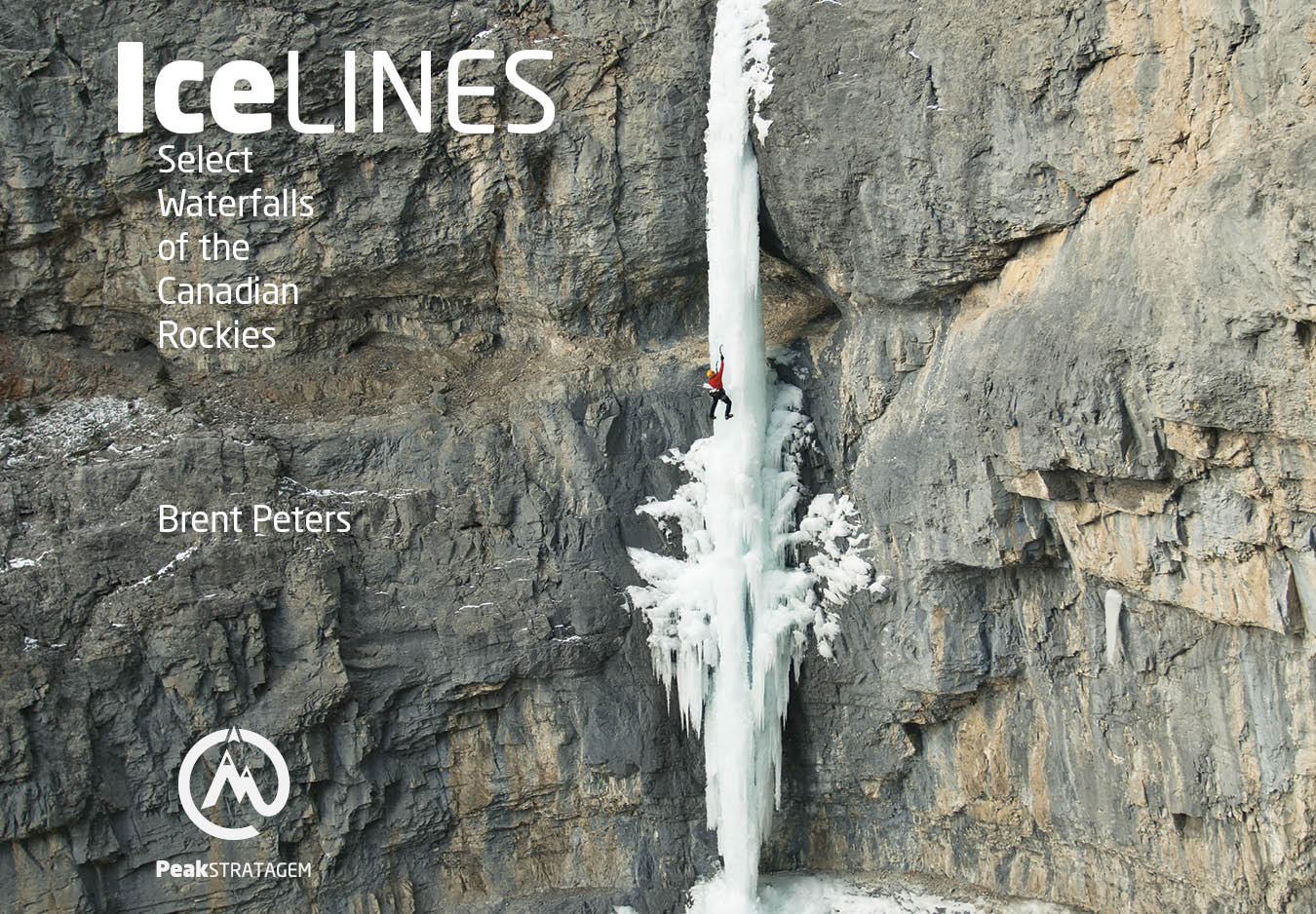There are three categories of backcountry food. For each trip, the right menu plan will take into account the travel method, accommodations (cooking facilities), environment and weather to provide the easiest and tastiest eating experience.
Backcountry Food Categories
The three categories are fresh, dehydrated, and freeze-dried. Each has its benefits and constraints. A good multi-day food plan will combine the food levels for the best results.
Fresh Food
Fresh food tastes the best but weighs the most. It takes up a lot of space and has the issue of spoilage, particularly in warmer environments.
Dehydrated Food
Dehydrated food takes up the least space. During the dehydration process, most food lose at least 50% of their size. It is light and has great texture. However, it takes longer to rehydrate than freeze dried because the cell walls have collapsed during dehydration. Colour can also be lost during the drying process, although this does not mean that the nutritional value has been compromised. Dehydrated fruits and vegetables easily last 12 months. Dehydrated meat lasts up to 6 weeks without refrigeration. Because of the residual fat in the meat, it has the capacity to go rancid. To avoid this, refrigerate or freeze dehydrated meat prior to use on an adventure.
Freeze Dried
Freeze dried rehydrates the quickest because the initial freezing process ruptures the cell walls. It actually takes up the most space (about 9-10%) because of water expansion when freezing. The freezing process also renders the food nearly textureless because of the damage to the cell walls. For some foods, like cheeses, creams, and yogurts, freeze drying is the only way to preserve them. Meats also last longer when freeze dried.
Check out our dehydrated food menu.
